This is part two of a three-part story about Fortress, the canceled Final Fantasy XII spin-off in development with now-defunct studio Grin in the late 2000s. Be sure to check out part one, a look at how the project started and why it was canceled, and our exclusive gallery featuring five dozen pieces of concept art from Fortress.
In 2009, Swedish studio Grin shut its doors. Months later, reports surfaced that at the time of closure, the studio was working on a Final Fantasy spin-off. Codenamed Fortress, the project would serve as a sequel to, and likely the final chapter of, Final Fantasy XII.
After its cancellation, details about Fortress beyond news of its existence were scarce. Interviews with former studio heads Bo and Ulf Andersson and snippets leaked to press described an action role-playing game set some years after the events of 2007 Nintendo DS title Final Fantasy XII: Revenant Wings. A majority of the game took place in a fortress in a northern section of Ivalice--one of the Final Fantasy series' many worlds--with players controlling a single character. What that character did, who that character was, and what the overarching plot was were never discussed at length.
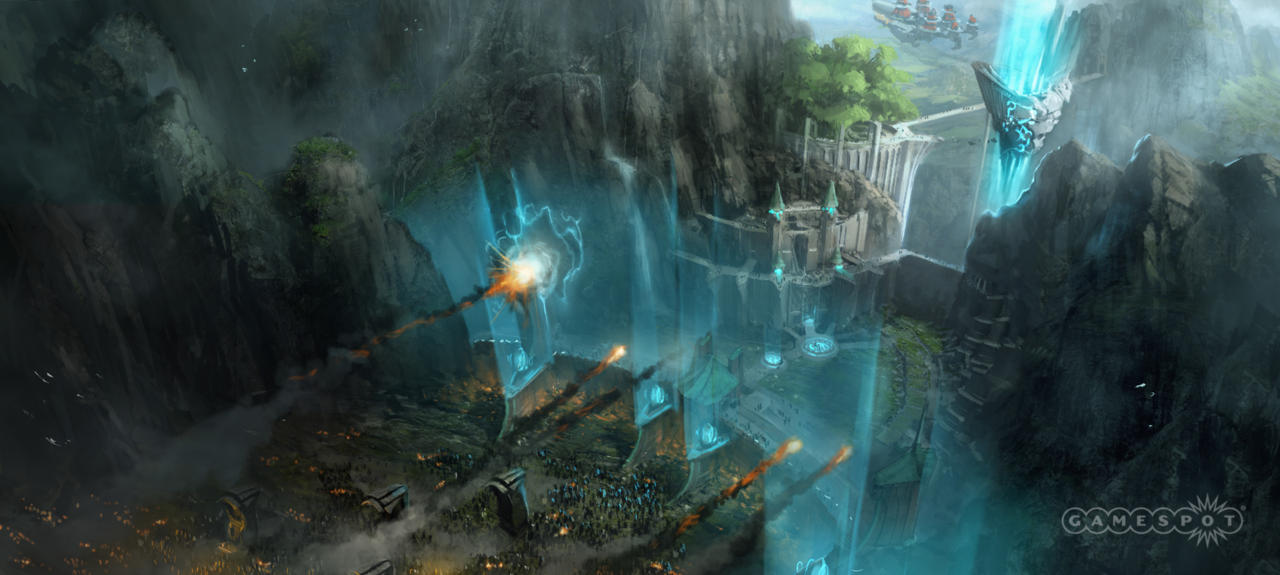
Ulf Andersson, who penned most of the story, remembers details of Fortress quite vividly and shared them with GameSpot.
"The fortress was an abandoned but very magical and ancient place that had been defending the world from the king of the sea; he rises up and tries to invade the world and they [the heroes] had to defend it, and the only thing that can stop him is that actual fortress," Andersson explained. "You had to beat him from that fortress. If he ever passed the gate, then he would be unstoppable. In the game world, nobody believed in the seriousness that he would show up until he did."
In Ivalice, the sea king, named Loemund, would rise every 10,000 years and try to make landfall, but the titular fortress had power to stave him off. Only one man believed this ancient story, and so he traveled north with an army to meet Loemund head-on. Camped out at this fortress, players were tasked with fending off the sea king and his forces, orchestrating attacks and defending the massive structure from being overtaken.
Loemund had lost his magical helmet in the fortress the last time he attacked it, thousands of years ago. At the time he was slain, and after being resurrected he vowed to kill his killer. Since the man he lost to was long dead, Loemund would have to settle for the descendent of his slayer--Ashelia B'Nargain Dalmasca, the Queen of Dalmasca and a main hero of Final Fantasy XII.
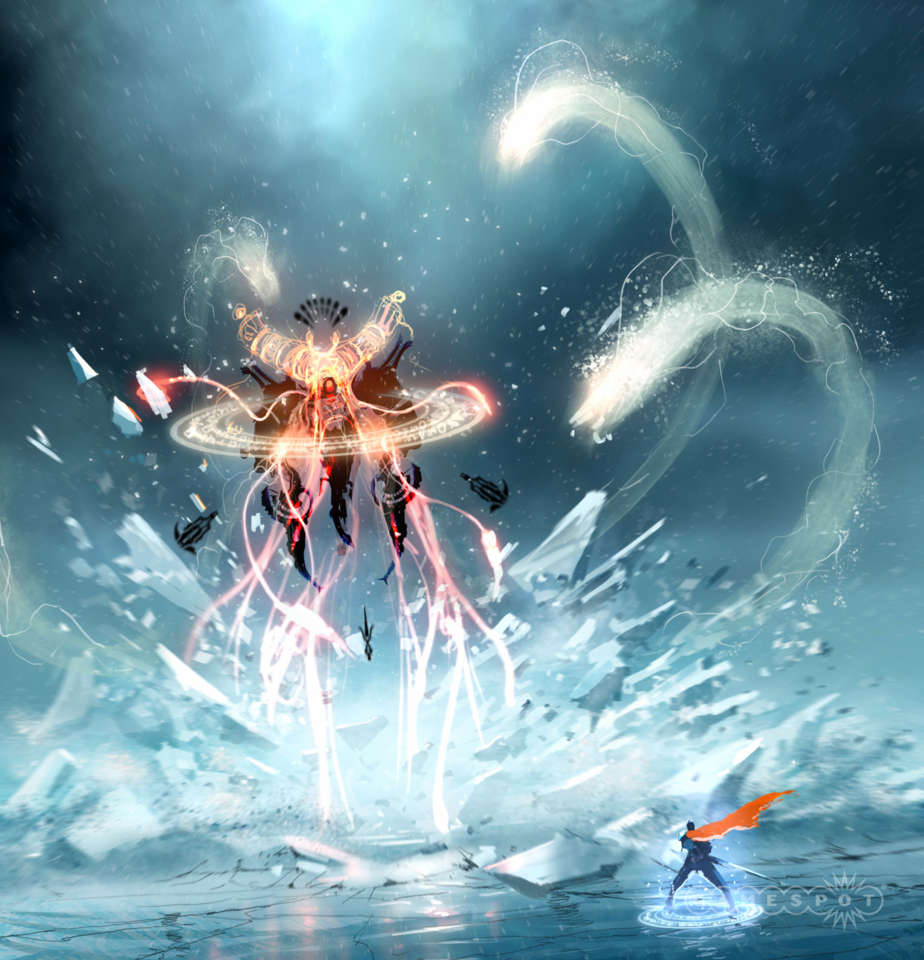
Within the fortress, players had the opportunity to interact with other characters and make important decisions that would determine the flow of things. Failing or succeeding at certain tasks during combat and making certain choices in dialogue-driven events had an impact on everything from the cutscenes shown to the resources available. Resource management was a big part of the equation, with players frequently venturing onto land outside the fortress in order to scavenge for materials, go on hunts, and fight the odd random encounter.
The story played out in seasons, with the fortress itself visually changing over time. Andersson described battles that wrecked pieces of the fortress, maybe crumbling towers or bringing down a wall. As the seasons passed from summer to fall to winter, you saw these same fallen set pieces still where they fell, blanketed by leaves and then by snow. If certain set pieces contained resources, like if the aforementioned tower contained food, its destruction cut into your supplies, forcing you to go out and hunt more often.
"We wanted it very non-linear storytelling-wise," Andersson explained. "But it would still carry that drama that Final Fantasy needs."
As for the one man who believed the story, he was a character Final Fantasy fans were already familiar with. You played as Basch fon Ronsenburg, a main character of Final Fantasy XII. In the beginning of XII, Basch is in prison for supposedly murdering the King of Dalmasca. By the end of the game, Basch finds his redemption and becomes a Judge Magister, a powerful military leader and the personal protector of Larsa Solidor, now Emperor of the kingdom Arcadia.
In Final Fantasy XII, Basch's twin brother Gabranth is Larsa's original protector. After Gabranth dies, Basch takes on his role and name. Because of this, everyone in Fortress addressed him as Judge Gabranth--except for the friends that knew his true identity.
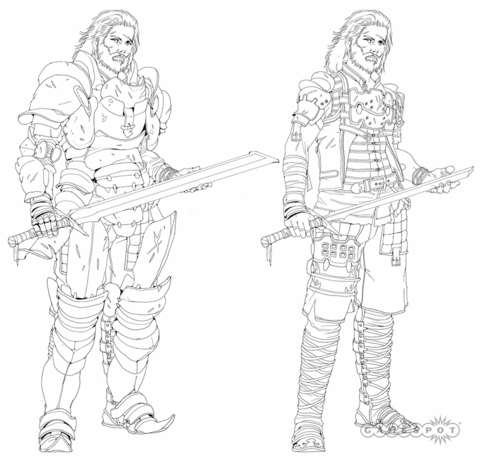
The game began with Basch and a small squadron of soldiers traveling to and defending the fortress from waves of enemies crawling up from the sea, seeking to scale the rocky cliffs on which the fortress sat. As the game continued, more of Ivalice's people understood the imminent danger and sent more soldiers to help. Among them were other heroes from Final Fantasy XII, as well a handful of Judges both sympathetic and antagonist to Basch's cause.
Ashe, now several years into her rule as queen, was among the first to come to Basch's aid. Andersson described her as one of the "stars" of the game alongside Basch, and she would join him on the battlefield.
"We wanted her to be strong," Andersson said. "There are no weak female characters here!"
Larsa Solidor, Basch's charge, played a big role. Other Judges from Final Fantasy XII, including Zargabaath, would appear. Zargabaath would initially present himself as your enemy, but come to your aid out of respect. With these powerful allies, Basch had an army of highly-trained special forces at his disposal.
Balthier, the roguish sky pirate, also had an important part to play. Balthier would "show up towards the end to basically save everybody's ass," as Andersson put it. "It was such a Han Solo move." In the game, no airships could be used around the Fortress, due to a floating magical island that disabled flying machines. At one point the heroes or perhaps Balthier himself opened up the airspace again, leaving room for Balthier to swoop in and save the day.
"The decision to do that and disable airships was to limit the universe a little bit because Final Fantasy XII is such a big expansive thing where almost everything is possible," he added. "It’s hard to make something that feels like it makes a difference."
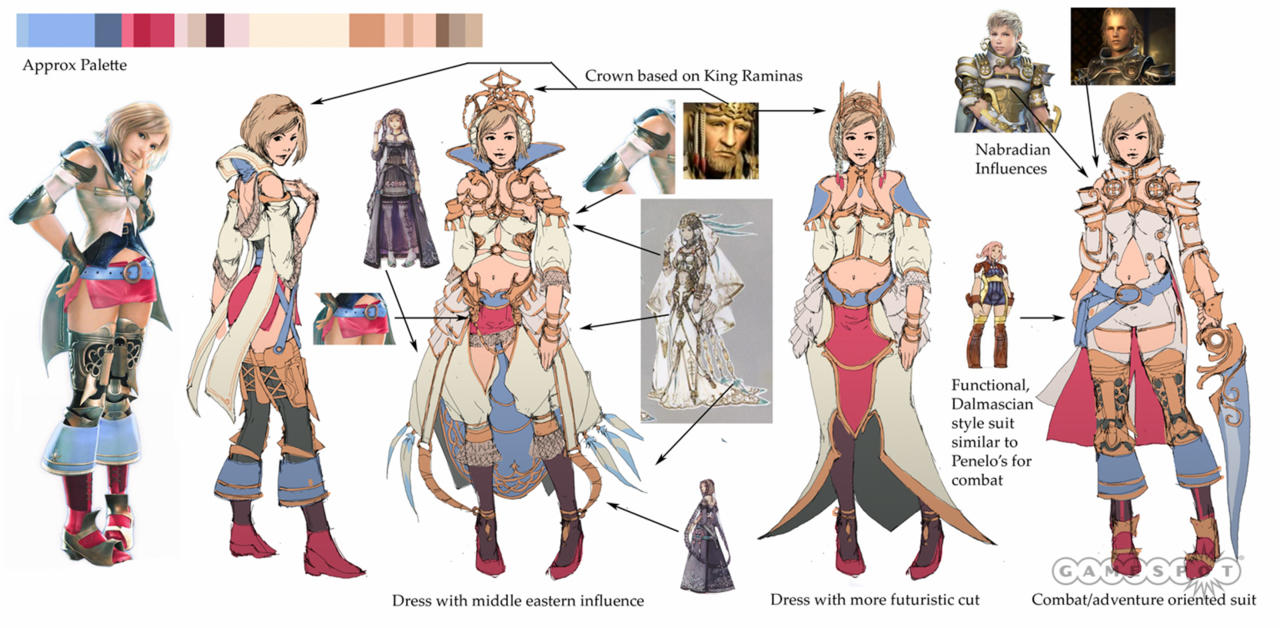
Each Final Fantasy XII character showed up individually, offering their assistance to Basch in the fight. Andersson noted that the endings of Final Fantasy XII and its sequel Revenant Wings show the heroes worlds away from one another, separated by royal status and duty; Ashe is Queen, Larsa is Emperor with Basch at his side, Balthier and Fran leave for more adventures, and Vaan and Penelo sneak away to lead quiet lives. Andersson thought it was important to bring them all back together in a powerful way, in one last fight to save Ivalice.
Also joining Basch's fight was a new character: Laegd, a demigod who was beaten into submission by Loemund thousands of years prior to the events of Fortress. After being defeated in single combat by Basch, Laegd pledged his allegiance, volunteering to fight against his once-master.
At the start of the game, there was a romance between Ashe and Basch. But towards the end of the game, things fell apart as Ashe developed feelings for Larsa and Basch became engrossed in his fight against Loemund. According to Andersson, the decision to make them grow apart was to show that sometimes romances--even the seemingly most perfect ones--can fail in the face of duty and passion.
For a complete, beat-by-beat breakdown of Fortress' story, check out our gallery featuring artwork from the game's original storyboard and descriptions of the accompanying events.
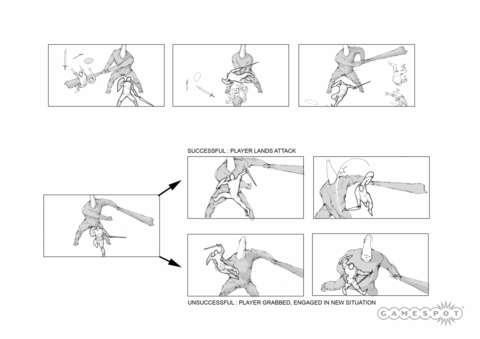
As for gameplay structure, some designers felt that what was planned didn't seem that interesting, or questioned how it would have worked in terms of keeping players engaged. The action mostly took place inside the fortress, a multi-tiered castle-like structure built into the side of an enormous rock face. Part of the fortress would face the sea, while a space portion connected to the mainland. A small floating island, called the "floating core" or "floating cathedral" in design documents, floated in the sky around the fortress.
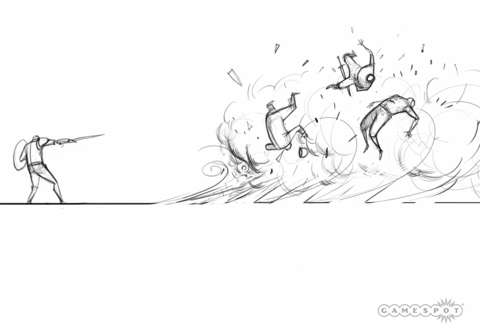
Some missions took players inland into the plains and forests shown in the leaked tech demo. Here players battled enemies in random encounters, hunted for materials, and rode Chocobos (also shown in the tech demo). But at the end of each mission, players inevitably returned to the fortress to progress the story and engage in large-scale tactical battles.
"The last version [of Fortress] had some outdoor areas; you could venture out of the fortress into a bigger landscape," Andersson detailed. "There was some really nice Chocobo riding that was really, really cool. It was a part that we got somewhere with. Riding on open fields with your Chocobo was magic. Really, really good."
Outside the fortress, the world map was divided into several areas, each with a different landscape and climate. One area had caves and old crypts.
"It reminds me of what Skyrim is, but smaller and in the third person," Andersson explained. "There were no real villages, maybe some small places like taverns, but it was really very much the outback of Final Fantasy XII's universe. The goal was to make it feel isolated."
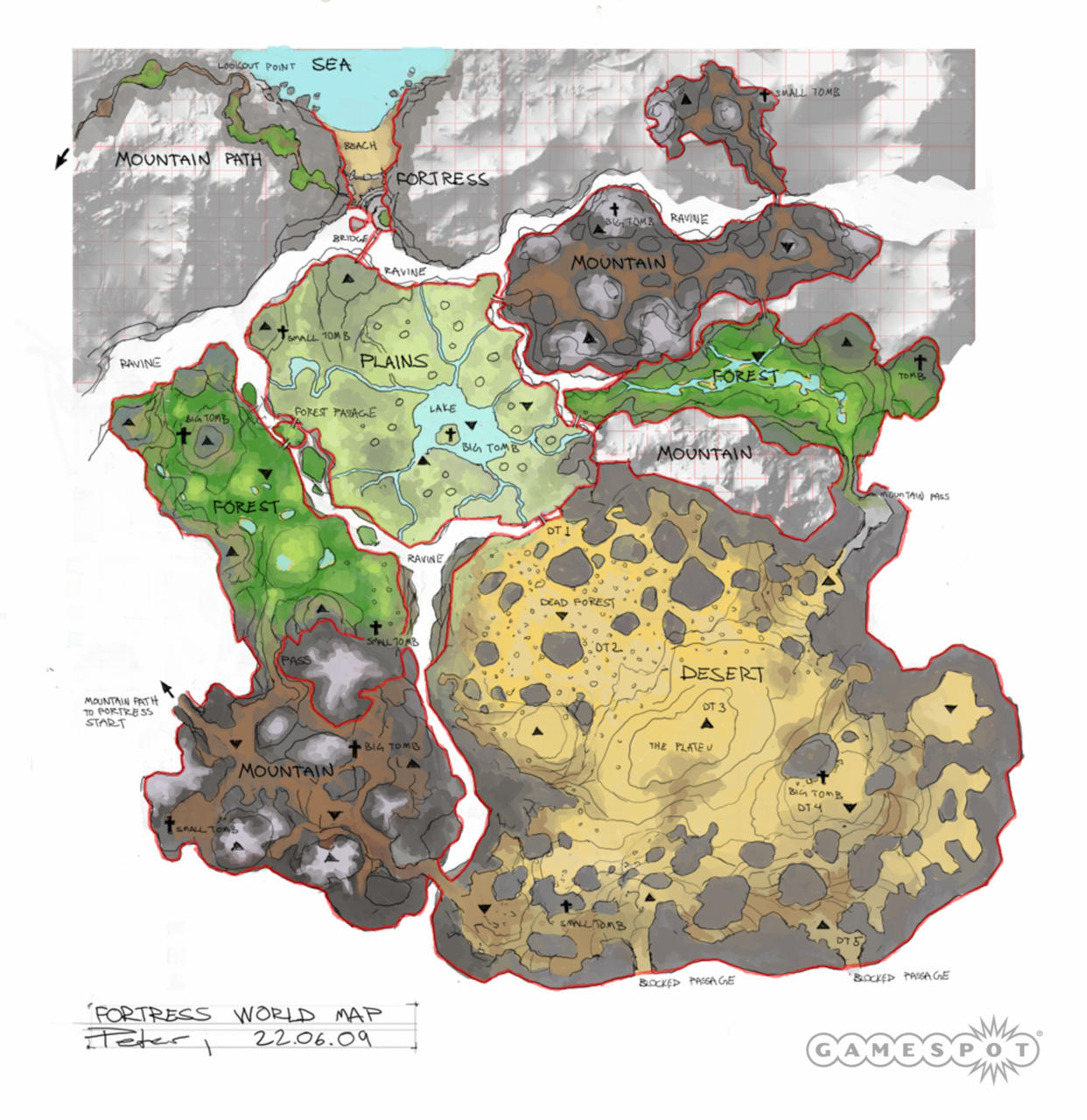
One source said the art direction for enemies and other creatures was simple: take a Final Fantasy element and make it gritty. "Gritty" would be a word thrown around a lot during the design phase, with much of the unearthed artwork reflecting that. Fortress was supposed to look grim, and many of the invading baddies had armor or physical features based on other creatures. For example, the invaders from the sea were designed to look like more sinister marine life, some of them with helmets overtly resembling anglerfish. The idea was to reference both Final Fantasy XII's world and a "gritty, dirty" tone when designing game elements.
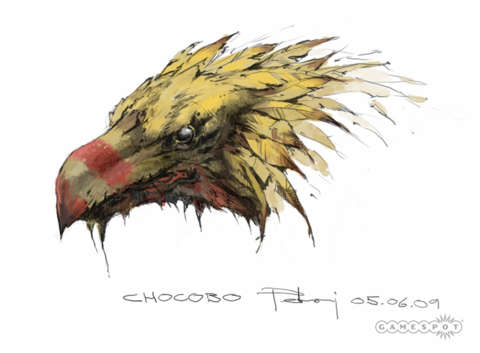
One source described in detail how a certain group of enemies attacked the fortress from the sea. Hordes of goblin-like beings dressed to look like Vikings sailed up to the shores of the fortress and attacked in waves. Players had to prevent these enemies from getting inside the fortress, and after defeating each wave they returned in greater numbers or with greater difficulty.
Other battles waged inside the fortress itself were against giant bosses, like a massive Malboro. Players had to hack at the tentacles of this huge creature, then find a way to the base of the fortress, climb up onto the Malboro's back, and attack its head. In addition to smaller groups of enemies, enormous creatures like the Marlboro and a sea dragon--in the typical Final Fantasy style of pitting heroes against larger-than-life enemies--attempted to bring the fortress down.
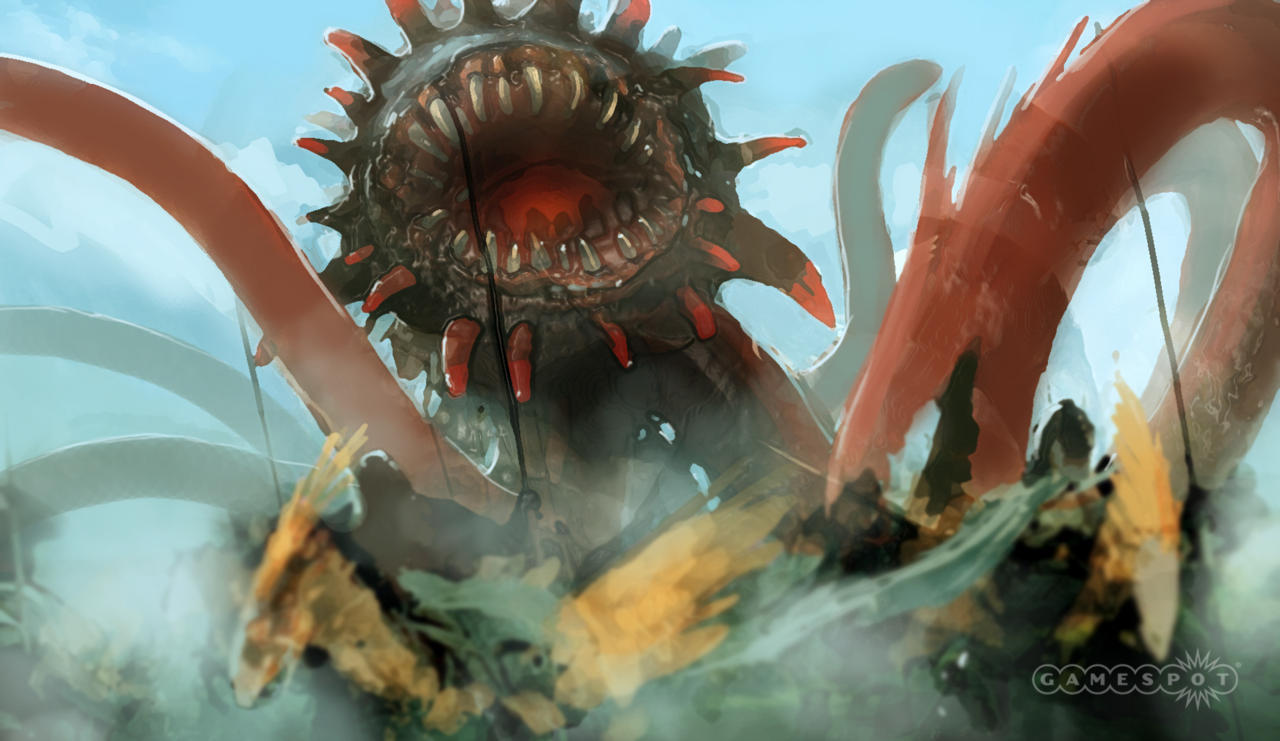
These boss fights were a major feature of Fortress. Andersson said that the game's story would take place over eight in-game seasons--or two years--with one giant boss fight per season. One boss fight entailed crunching through a large army marching up to the fortress. Another involved enemies freezing the sea and walking across the ice to climb the walls of the fortress; players had to run out onto the ice to beat them away and disable massive siege machines. The biggest one was against the Malboro, which also included one of the Judges turning traitor mid-battle and fighting against Basch.
These boss fights had elements of action, strategy, and some tower-defense, with players almost always dealing with waves of enemies that got harder as you went along, and one giant monster waiting for you right at the end.
"We poured a lot of love into it, like you do when you develop that kind of stuff, " Andersson said fondly.
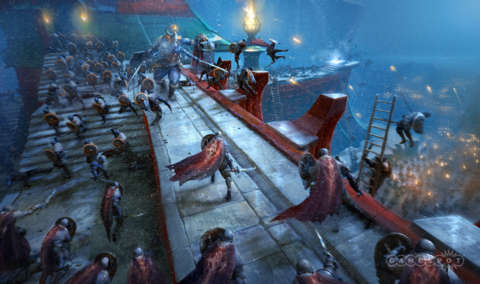
Several sources told me that many of the people involved on the project were unfamiliar with Final Fantasy XII, while others had no experience with the Final Fantasy games. According to one source, team members would spend hours on Wikipedia and YouTube researching the game and other Square Enix titles set in the world of Ivalice. Extensive research took up a lot of development time. One source said the localizer on the project served as the lore expert, since he was the most familiar with Final Fantasy XII.
"The biggest challenge for an IP like that is getting to know the lore and intricate details of such a massive gameworld," one source told me. "Obviously I couldn't sit down and play Final Fantasy XII for 200 hours, so a lot of the non-main information like dialogue and world exploration that wasn't in the [cutscenes] would have to be read up on.
"Then comes the additional level of headache over designing something that has already been designed; how much can be changed and what should be changed?"
"It had a lot of potential and the game would have been great if we could have made it like we planned to do," Andersson said of Fortress. "But at the same time, I think Square Enix did the right thing by canceling the whole thing.”

